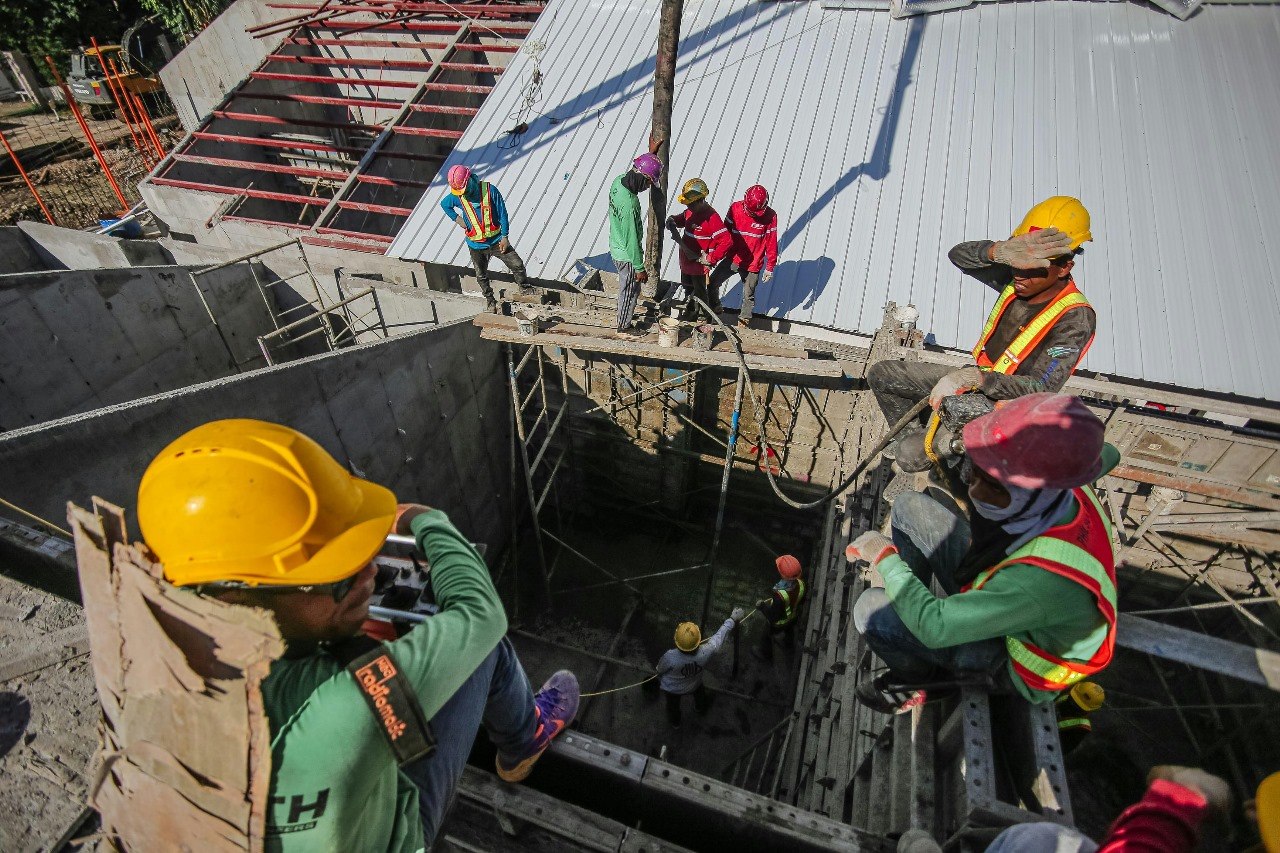In the fast-paced and safety-critical world of construction, training standards and regulations play a vital role in ensuring that workers and companies operate efficiently and safely. One such essential standard gaining attention is das 142. For professionals in the construction industry, understanding what DAS 142 entails and its significance in construction training is crucial. This article, brought to you by Associated Builders & Contractors Inc., explores DAS 142 in detail, outlining its purpose, benefits, and why it matters so much for construction training programs.
Understanding DAS 142
What Does DAS 142 Stand For?
DAS 142 refers to a specific regulatory or industry guideline related to construction training and safety compliance. While the acronym itself can vary depending on jurisdiction, in the construction context, DAS 142 commonly relates to a documented safety training standard or directive that mandates particular training protocols, certifications, or practices for construction workers and supervisors.
The Core Focus of DAS 142
At its core, DAS 142 emphasizes standardized training procedures designed to improve worker competence and safety awareness. The guideline typically covers aspects such as hazard recognition, equipment operation, emergency response, and adherence to safety regulations. This focus helps minimize workplace accidents and ensures compliance with local and federal safety laws.
Why DAS 142 Is Important in Construction Training
Enhancing Worker Safety
The construction industry is inherently hazardous. Falls, machinery accidents, electrical hazards, and other risks are common. DAS 142 mandates training that educates workers about these dangers, teaching them how to avoid accidents and respond appropriately if one occurs. By following DAS 142, companies can significantly reduce the likelihood of injuries on-site.
Compliance With Regulations
Construction companies must comply with numerous safety laws and standards to operate legally. DAS 142 training ensures that workers meet regulatory requirements, preventing fines, legal issues, and work stoppages. Compliance also improves a company’s reputation, making it more attractive to clients and partners.
Improving Productivity and Quality
Proper training under DAS 142 ensures that workers know how to perform their tasks efficiently and correctly. This leads to fewer mistakes, less downtime, and higher-quality workmanship. Well-trained workers contribute to smooth project execution and timely completion, which benefits the entire construction process.
Promoting a Safety Culture
DAS 142 is not just about individual training sessions; it fosters an ongoing culture of safety within construction companies. When workers and management are committed to DAS 142 standards, safety becomes a shared responsibility, improving communication and teamwork on site.
Key Components of DAS 142 Training Programs
Hazard Identification and Risk Assessment
One of the main elements in DAS 142 training is teaching workers how to recognize potential hazards in their work environment. This includes identifying physical dangers such as unprotected edges, electrical risks, and chemical exposures, as well as evaluating the level of risk each hazard poses.
Use of Personal Protective Equipment (PPE)
DAS 142 training programs stress the importance of PPE. Workers learn how to select, use, and maintain PPE correctly to protect themselves from injuries. Training ensures that PPE is used consistently and effectively.
Equipment Operation and Safety
Many construction accidents involve equipment misuse. DAS 142 includes detailed training on the safe operation of construction machinery, tools, and vehicles. This reduces the chance of operator error and mechanical accidents.
Emergency Procedures and First Aid
In case an accident does occur, DAS 142 mandates training in emergency response and basic first aid. Workers are prepared to act quickly to mitigate harm, call for help, and stabilize injured coworkers until professional medical personnel arrive.
How to Implement DAS 142 Training in Your Construction Business
Assess Training Needs
Start by evaluating your current training programs and identifying gaps related to DAS 142 requirements. Determine which workers need refresher courses and which new hires require comprehensive training.
Choose Qualified Trainers
To effectively deliver DAS 142 training, use qualified instructors who are well-versed in both the standard and practical construction safety measures. Experienced trainers ensure that the program is relevant and engaging.
Develop a Training Schedule
Consistency is key. Create a schedule that includes initial training for new employees and regular refresher courses for all staff. This ensures that knowledge stays current and that everyone remains compliant.
Monitor and Document Training
Keep detailed records of all DAS 142 training sessions, including attendance, content covered, and assessment results. Documentation is vital for compliance audits and helps track progress.
Evaluate and Improve
After implementing DAS 142 training, continually evaluate its effectiveness by reviewing safety incident reports, worker feedback, and training assessments. Use this data to improve the program over time.
The Benefits of DAS 142 Compliance for Construction Companies
Reduced Workplace Incidents
Adherence to DAS 142 standards leads to fewer accidents, injuries, and fatalities. This creates a safer working environment and protects your workforce.
Cost Savings
Fewer accidents mean lower workers’ compensation claims, legal fees, and insurance premiums. Companies save money and allocate resources more efficiently.
Competitive Advantage
Clients and partners prefer to work with companies that prioritize safety and compliance. DAS 142 certification can serve as a powerful differentiator in a competitive market.
Enhanced Employee Morale
Workers feel valued and secure when their safety is prioritized. This boosts morale, reduces turnover, and promotes loyalty.
Common Challenges in DAS 142 Implementation and How to Overcome Them
Resistance to Change
Some workers may resist new training requirements. Overcome this by communicating the benefits clearly and involving employees in the process.
Scheduling Conflicts
Balancing training with project deadlines can be difficult. Plan sessions during less busy periods or break training into shorter, manageable modules.
Keeping Training Updated
Construction regulations and best practices evolve. Ensure your DAS 142 training is regularly reviewed and updated to remain current.
Conclusion
DAS 142 is a vital standard in the construction industry, emphasizing safety, compliance, and training excellence. By understanding what DAS 142 entails and integrating it into your construction training programs, your company can enhance worker safety, improve productivity, and maintain regulatory compliance. For Associated Builders & Contractors Inc., supporting contractors in adopting and mastering DAS 142 is part of our commitment to building a safer and more efficient construction industry. Prioritize DAS 142 in your training strategy today, and see the lasting benefits it brings to your workforce and projects.



